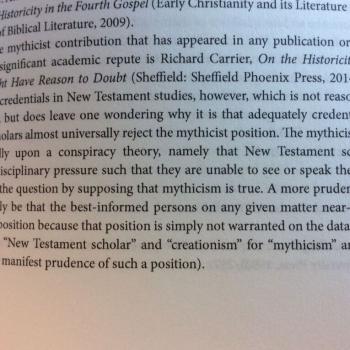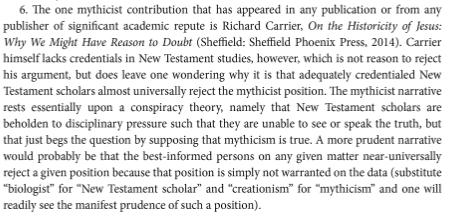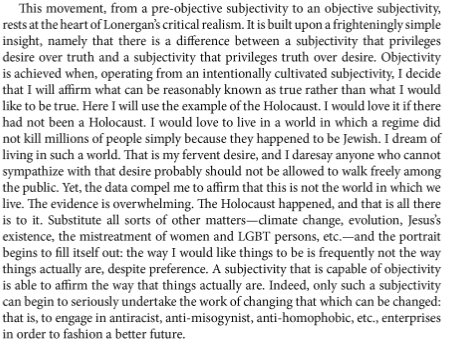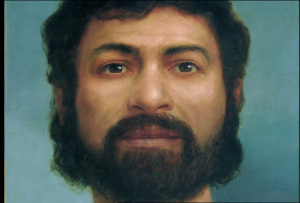Last updated on: February 10, 2011 at 11:47 am
By
James F. McGrath
In a “response” to a recent post of mine about mythicism, Neil Godfrey illustrates well the very problem and double-standard that my post was intended to highlight.
The post begins by stating and commenting on the principle which was the focus of my post: “If all we have is a story that has no corroboration external to the narrative itself to attest to its historical status, then at the most basic level we have no way of knowing if the story has a historical basis or not.”
Whether this describes the situation in the case of the Gospels or not is perhaps best left to one side for now. Certainly the Gospels are not without a context provided both by Paul’s earlier epistles and by their reception history.
Be that as it may, Godfrey goes on to write the following:
But that does not always mean we are necessarily left in the clouds.
We can analyze the story itself to understand its “properties”. What is it made up of? What sort of story is it?
If we find that it consists of bits and pieces from other literature available and probably known to the author, and even appears to reflect structures and themes of other narratives, then, all things being equal, we have some grounds for thinking the story has been borrowed from those other narratives.
The idea that a piece of literature may consist of “bits and pieces from other literature” seems to reflect the view of the Gospels, so popular at Vridar as well as in the writings of John Shelby Spong, as works composed by taking details from stories in the Jewish Scriptures and elsewhere and using them to compose a new story.
The subject of genre is then discussed, with a helpful acknowledgment that even some novels from this period were fictional accounts of real person. Godfrey draws the following preliminary conclusion:
So the short answer to the title question is that story alone must leave us neutral on the question of historicity. Literary analysis, however, can help us understand the nature of the narrative, and from that we may find clues that lead us one way or the other on the question.
So far, so good. One important question we need to ask at this stage is whether the alleged genre of taking tidbits of stories and turning them into completely new stories was in fact a genre in this period in history.
In fact, what is being described seems to have emerged through a process akin to “Chinese whispers,” in which something that scholars have proposed gets turned into something slightly different at each step of the way, the further you get from its origin and from a scholarly setting.
There certainly are stories in the Gospels where it is possible that Christians, lacking information about aspects of Jesus’ life, turned to the Jewish Scriptures to fill in the gaps. Thus, as John Dominic Crossan often puts it, we may be dealing with “Scripture historicized.” The inclusion of details in the Gospel crucifixion accounts that say, in essence, “X occurred to fulfill what is written in Scripture Y” could represent this. Even in these cases, however, we are often uncertain whether we are dealing with “history Scripturalized” or “Scripture historicized.” In some instances, at least, the former is at least as good of a candidate for what is going on, with Christians turning to their Scriptures not to fill in gaps in their knowledge about Jesus’ life, but in an attempt to account for uncomfortable details in what they did know about him, attributing them to a predetermined divine plan.
But even if we were certain in such instances that they are all cases of “Scripture historicized,” does this lead naturally to the view that all the stories in the Gospels are examples of this? Hardly. There are three main issues:
- First, Spong, Price, Godfrey and others seem to think that this approach to composition is in fact what the rabbis called “Midrash.” It is not. It does not resemble what scholars call midrash, nor does it fit with any known compositional technique for creating entire stories evidenced in any ancient literature with which I am familiar.
- Second, they seem to think that if you can find a slight similarity with another story, then it automatically becomes preferable to treat the later story as an invention based on the earlier one. That might not follow even if the similarities were clear; it certainly does not when the alleged parallels and points of contact are few and unconvincing.
- Finally, to the extent that this approach to composition may fit some details in the Gospels, this compositional technique makes sense as part of Christians’ attempt to fill in their knowledge of Jesus from Scripture, which they considered an authoritative source. But it makes much less sense as a means of creating a purely fictional Jesus taking inspiration from earlier literature.
And of course, before the Gospels were written, we already had individuals like Paul expressing the belief that Jesus was the anointed son of David and had been crucified. Thus far, mythicists have not managed to successfully account for or distract attention from potentially the biggest problem for mythicism: it is much easier to account for belief in Jesus as the crucified anointed descendant of David in terms of a historical individual who was believed by his followers to be the Messiah and who was crucified, than in terms of fiction-writing. Because it is not simply the telling of a story about a crucified messiah that needs to be accounted for. It is the creation of such stories by an originally Jewish movement that was seeking to persuade other Jews that this crucified man was the awaited Davidic anointed one. Simply saying that “sometimes people come up with strange ideas” doesn’t make the mythicist account seem more probable than that of mainstream historical study.
Before concluding, let me paraphrase a remark in a recent comment. I’ll call the principle it describes “Godfrey’s Razor” in honor of my conversation-partner in this post. The principle is this: “All things being equal, the simplest explanation is the best one, unless a more complicated one supports mythicism.” That seems to me an apt description, when someone treats the creation of a fictional story (by an extremely convoluted process not evidenced outside of the minds of a few modern authors and completely at odds with what little we know about ancient compositional practices) as preferable to and more persuasive than historical processes that are familiar from other comparable cases, and fit more simply and straightforwardly with the evidence.






















